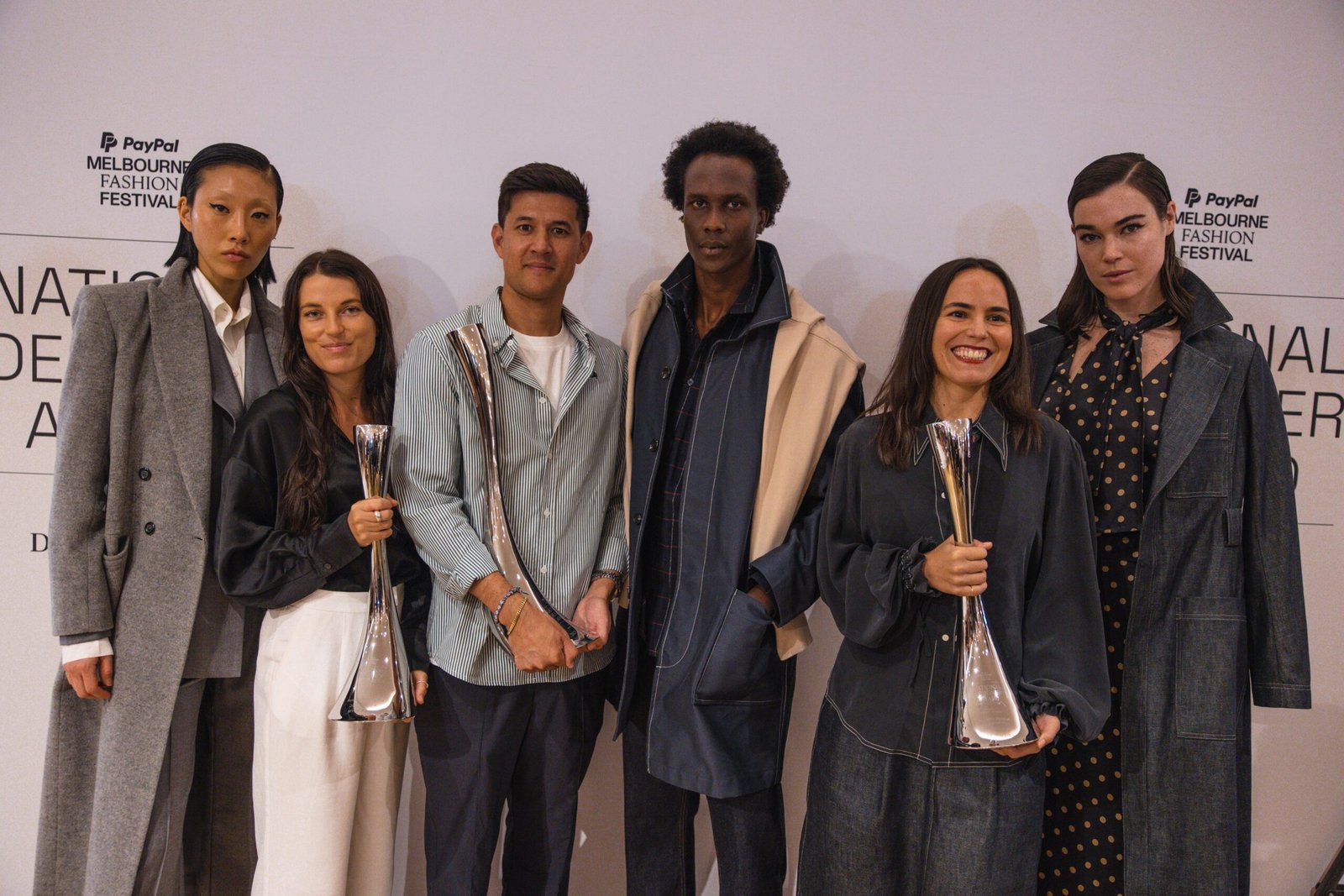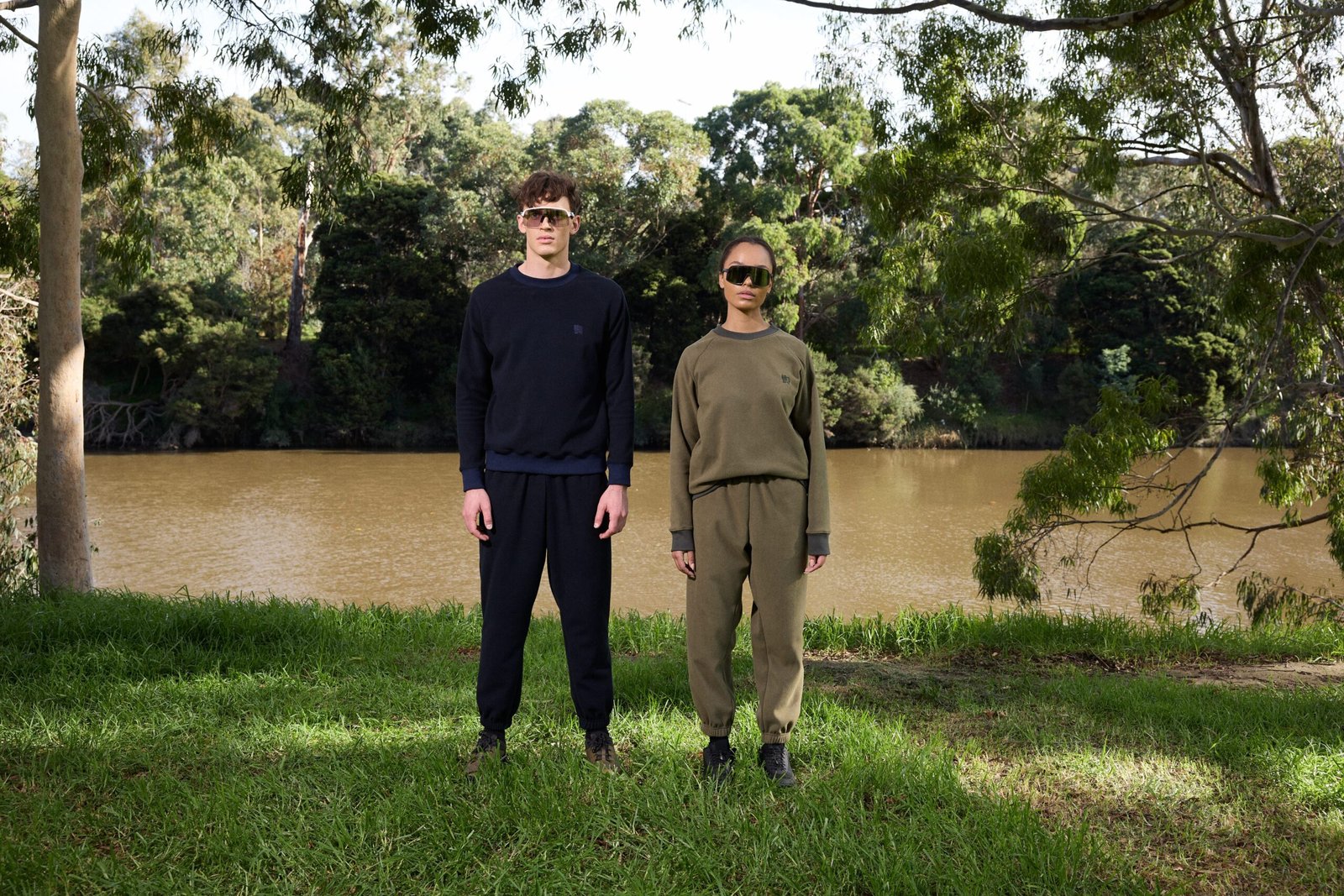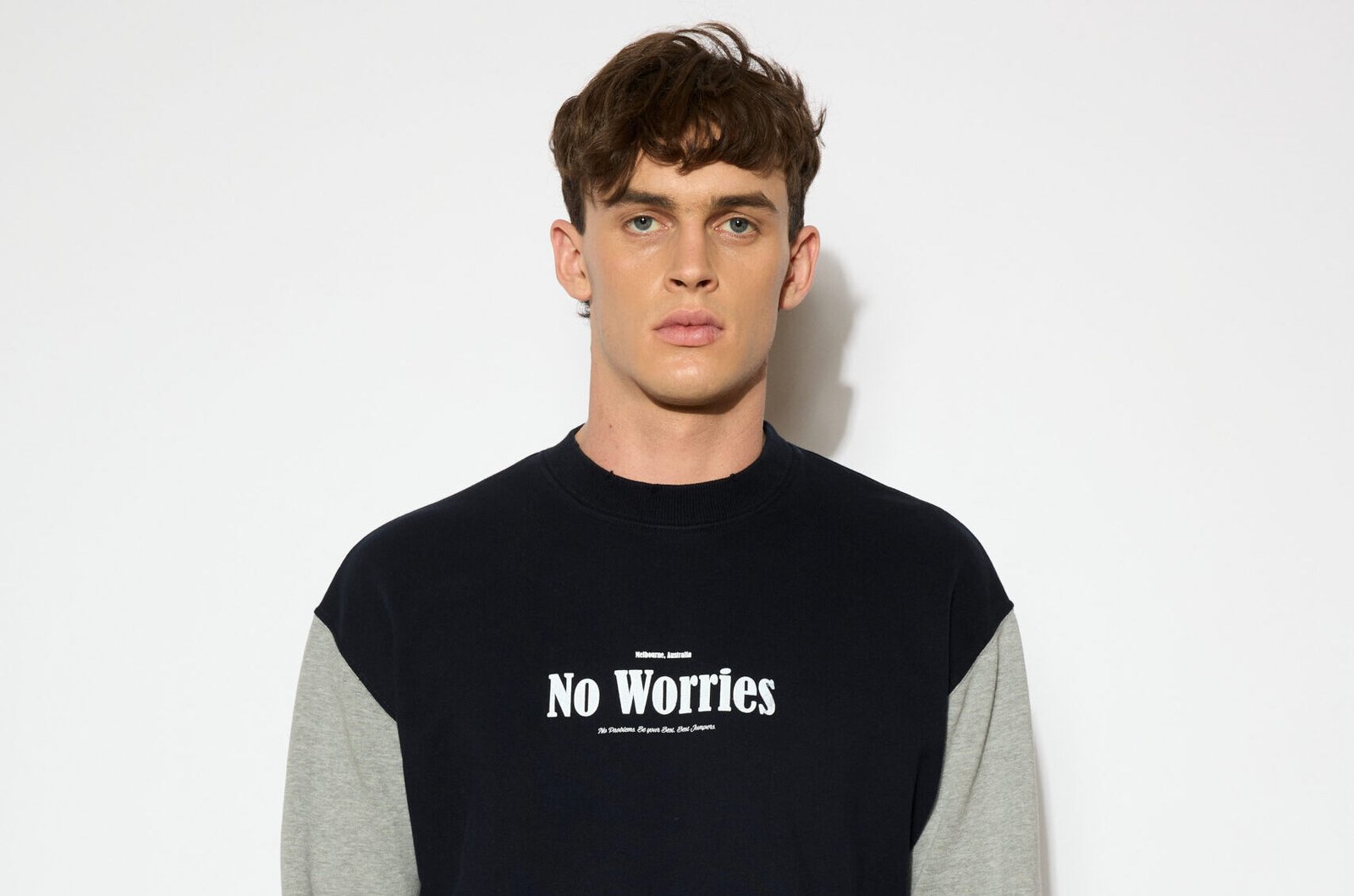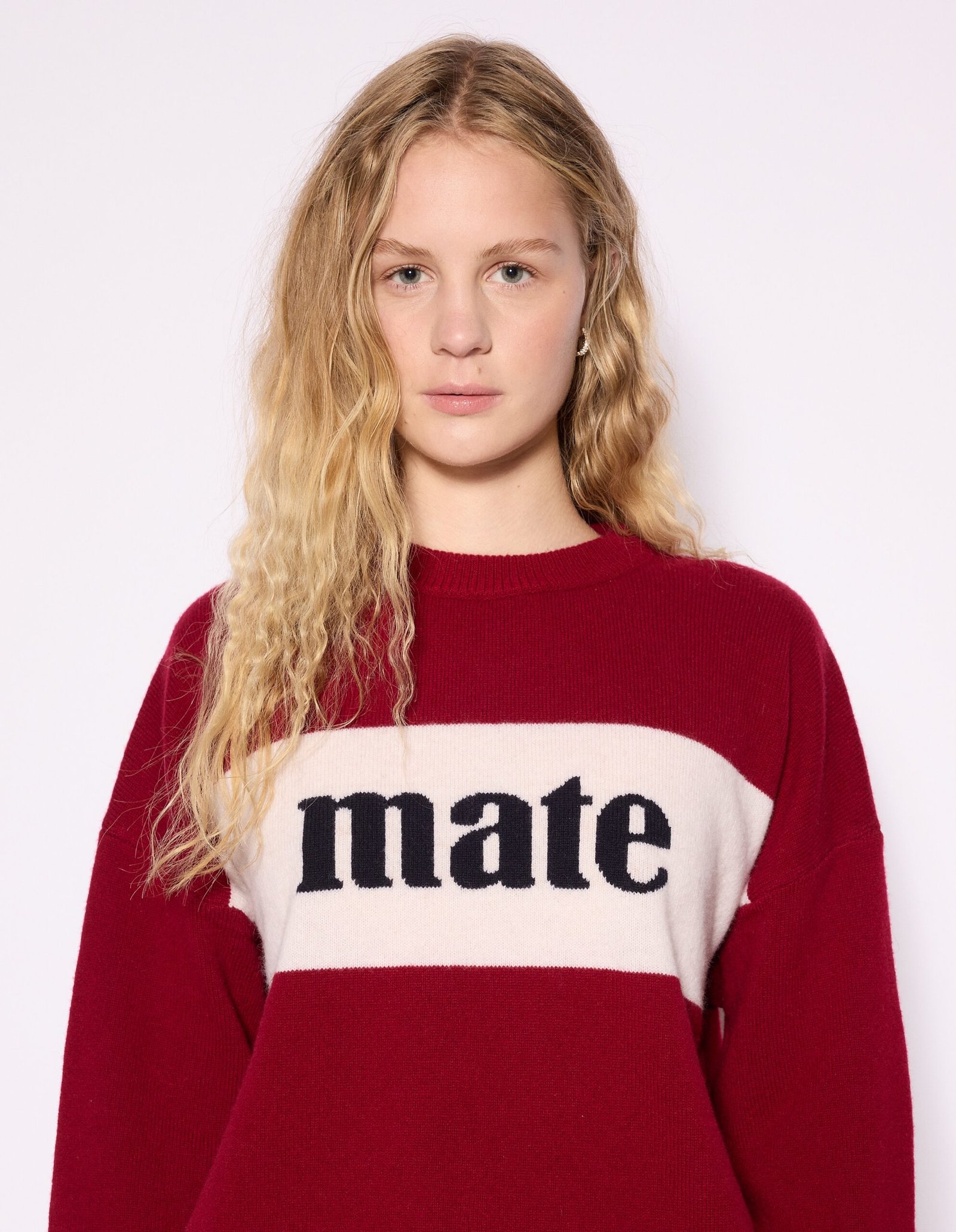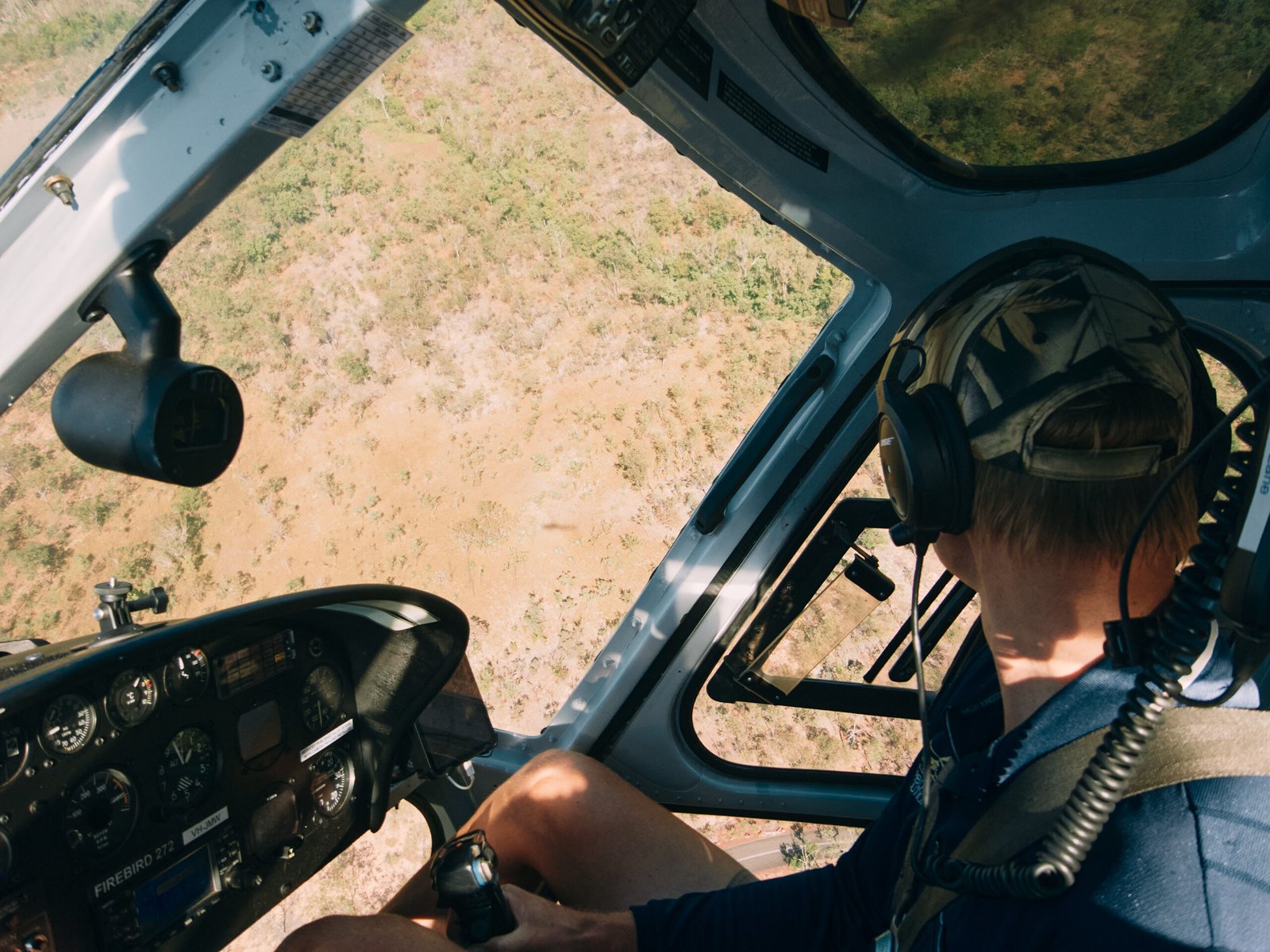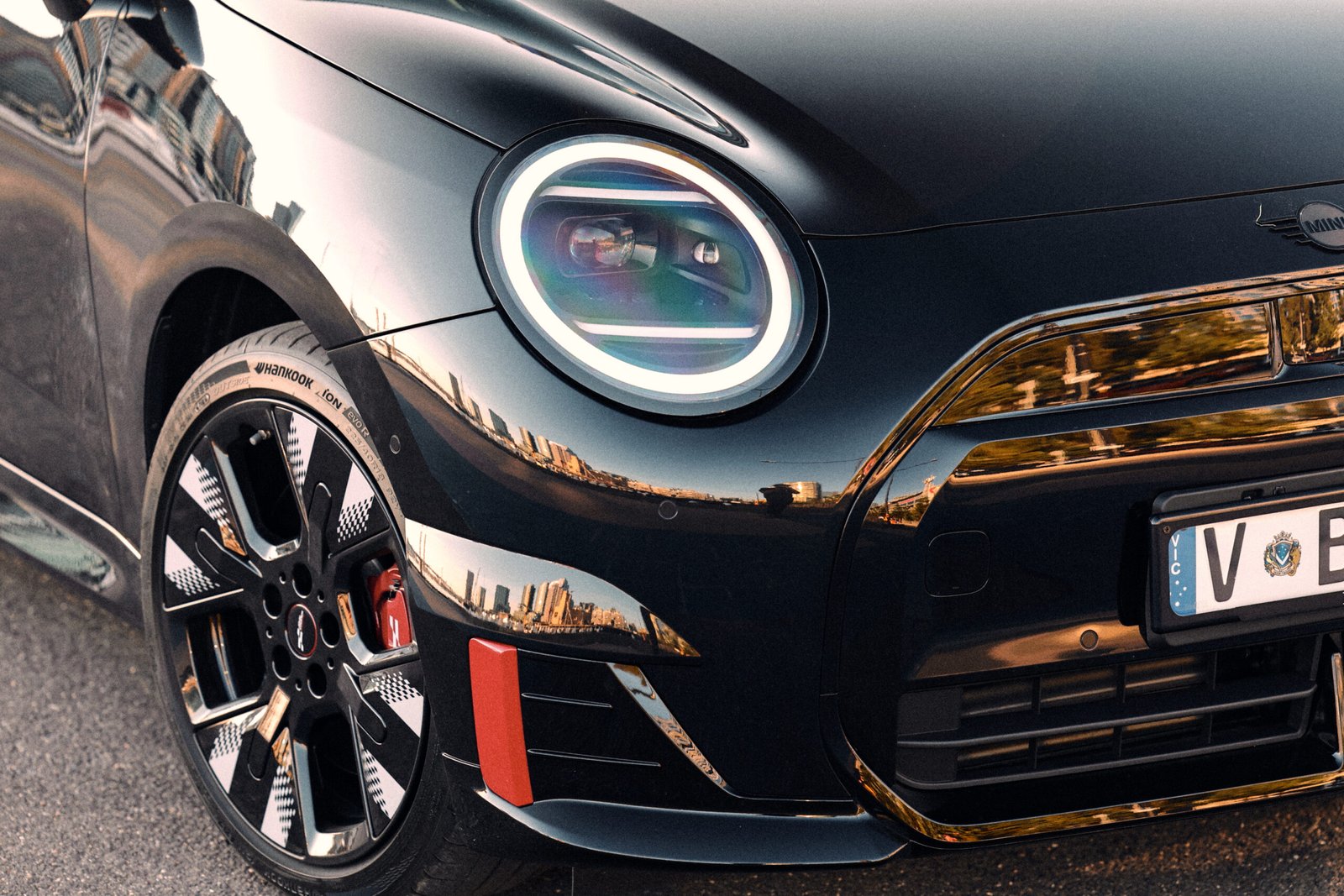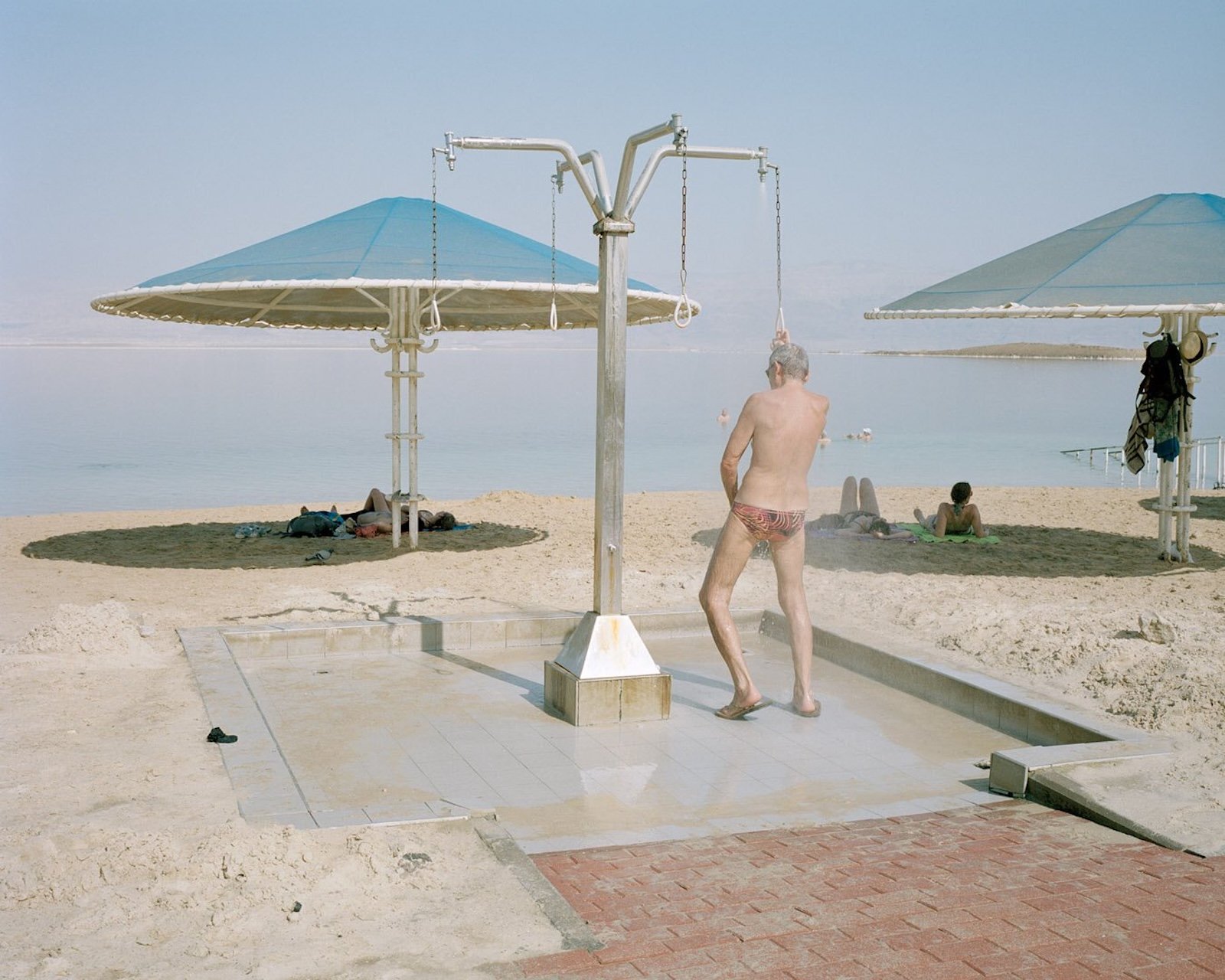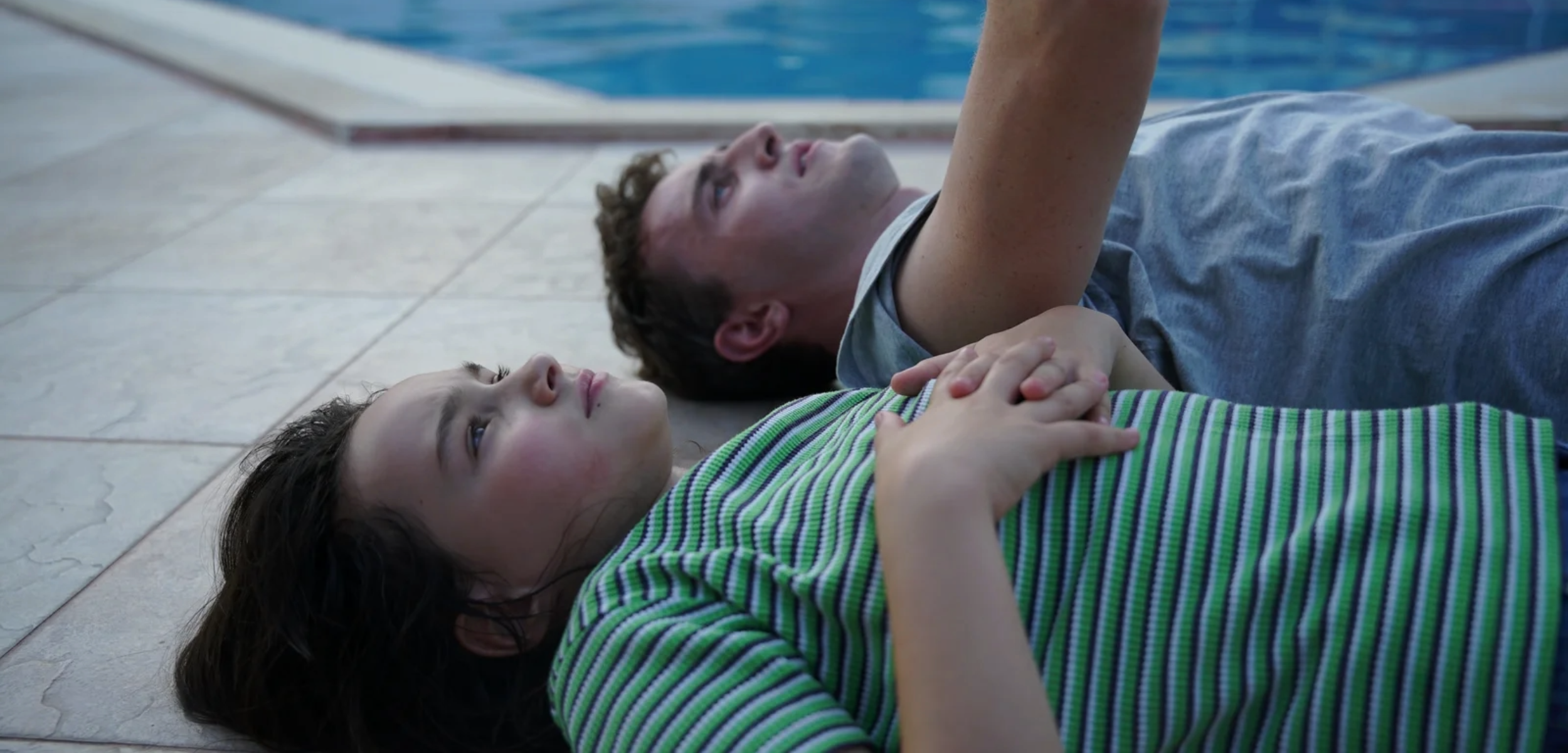A Journey Across Continents
Dylan Best’s path into the world of fashion was anything but conventional. Initially, he pursued a business degree in Melbourne, a choice that seemed at odds with his creative ambitions. “I always wanted to study fashion,” Best recalls. “So I moved to New York and enrolled at Parsons, where I could finally immerse myself in the creative world I had always dreamed of.”
At Parsons, Best honed his skills, and after graduating, he landed prestigious internships with industry heavyweights like Rag & Bone, Phillip Lim, and Band of Outsiders. These experiences laid a solid foundation for his career, eventually leading him to roles at Ralph Lauren and Club Monaco. “Working with those brands taught me a lot about the business side of fashion—how to balance creativity with the practicalities of production and merchandising,” he reflects.
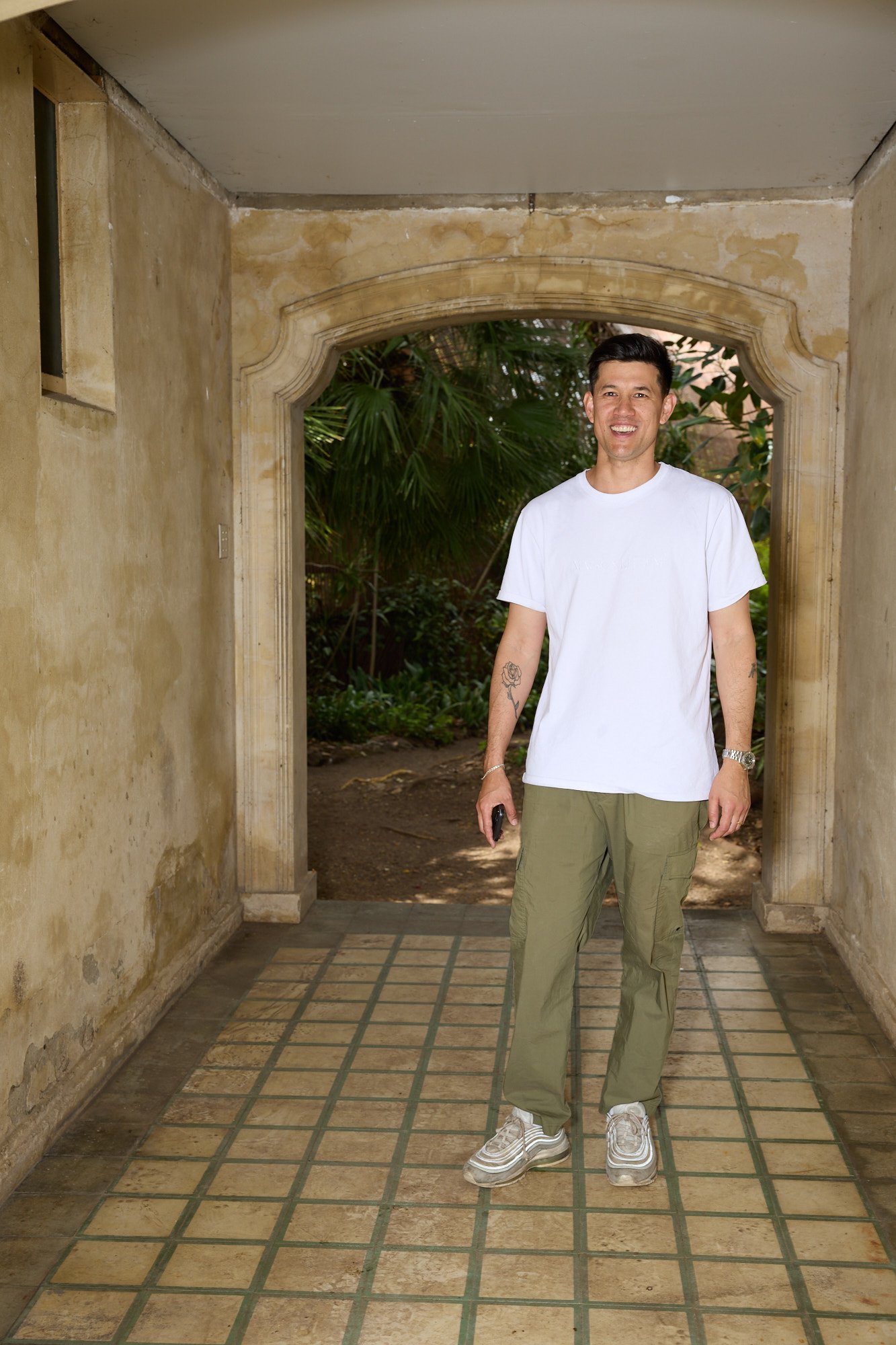
Returning Home: A New Vision for Australian Fashion
Despite his success in New York, Best always knew he wanted to return to Australia. “Being away from home made me realize that I wanted to create something uniquely Australian,” he explains. This desire to reconnect with his roots was the driving force behind his decision to launch his own label upon returning to Melbourne.
Best’s aesthetic, though heavily influenced by his time in New York, is grounded in the cultural and environmental landscapes of Australia. “I was inspired by the idea of creating something that reflected my heritage,” he says. “My designs are menswear-inspired but are made to be unisex, blending comfort with a modern, streetwear sensibility.”

